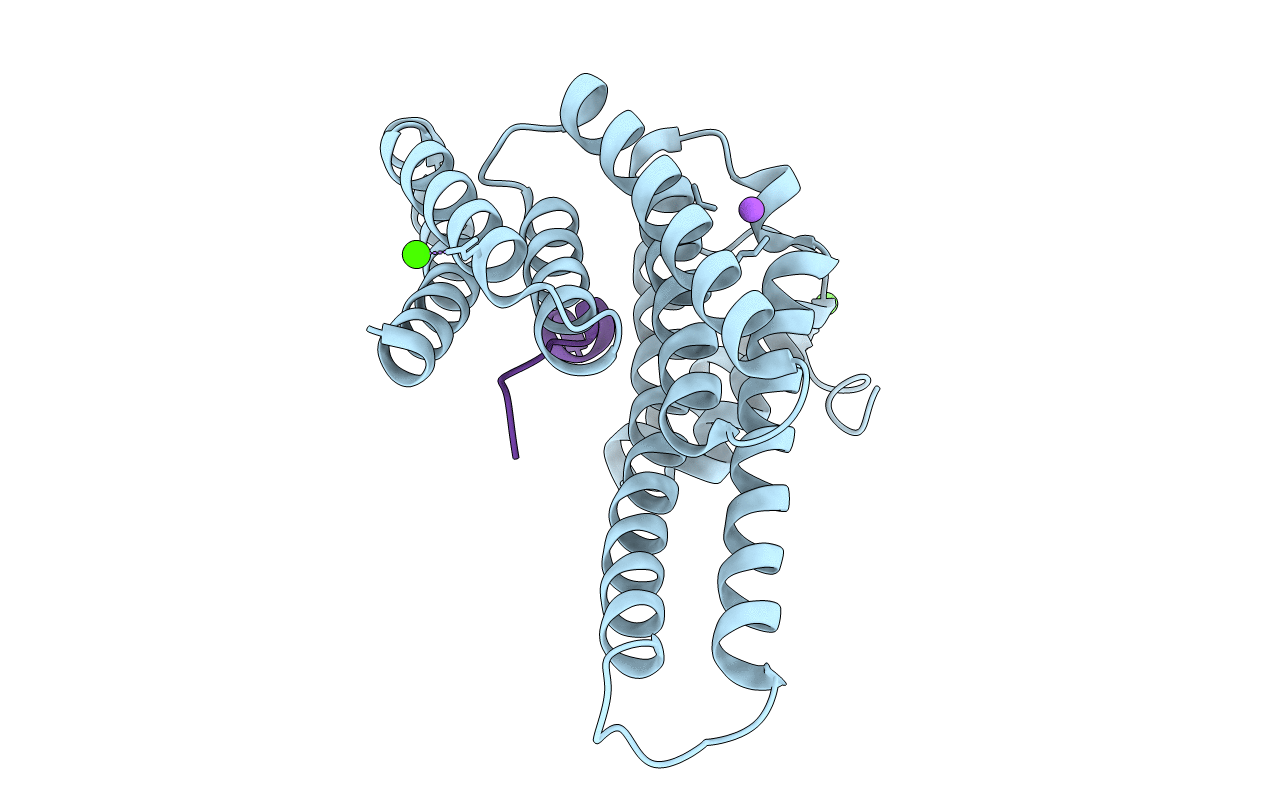
Deposition Date
2017-01-26
Release Date
2017-03-01
Last Version Date
2024-11-06
Entry Detail
PDB ID:
5MYC
Keywords:
Title:
Crystal structure of human 14-3-3 sigma in complex with LRRK2 peptide pS910
Biological Source:
Source Organism:
Homo sapiens (Taxon ID: 9606)
Host Organism:
Method Details:
Experimental Method:
Resolution:
1.46 Å
R-Value Free:
0.18
R-Value Work:
0.16
R-Value Observed:
0.16
Space Group:
C 2 2 21


